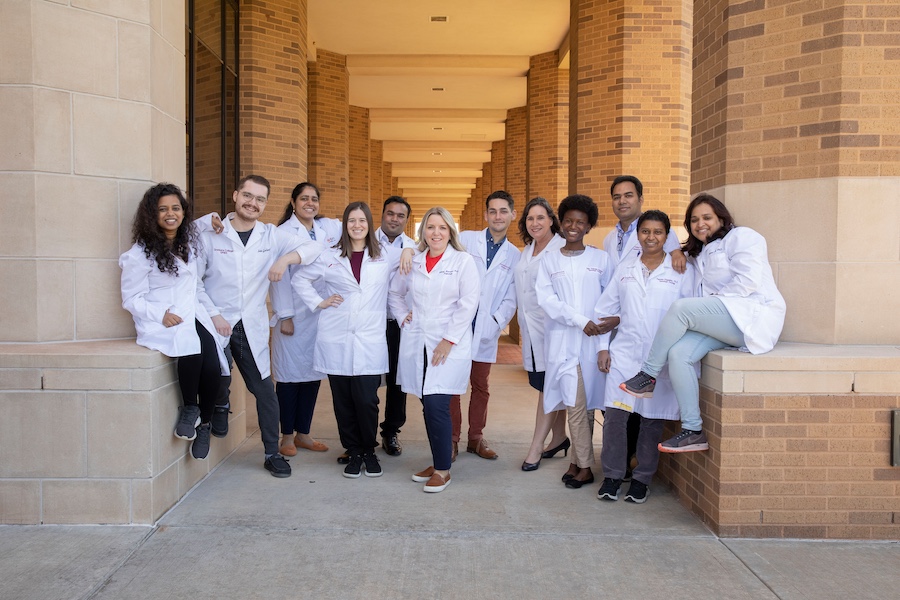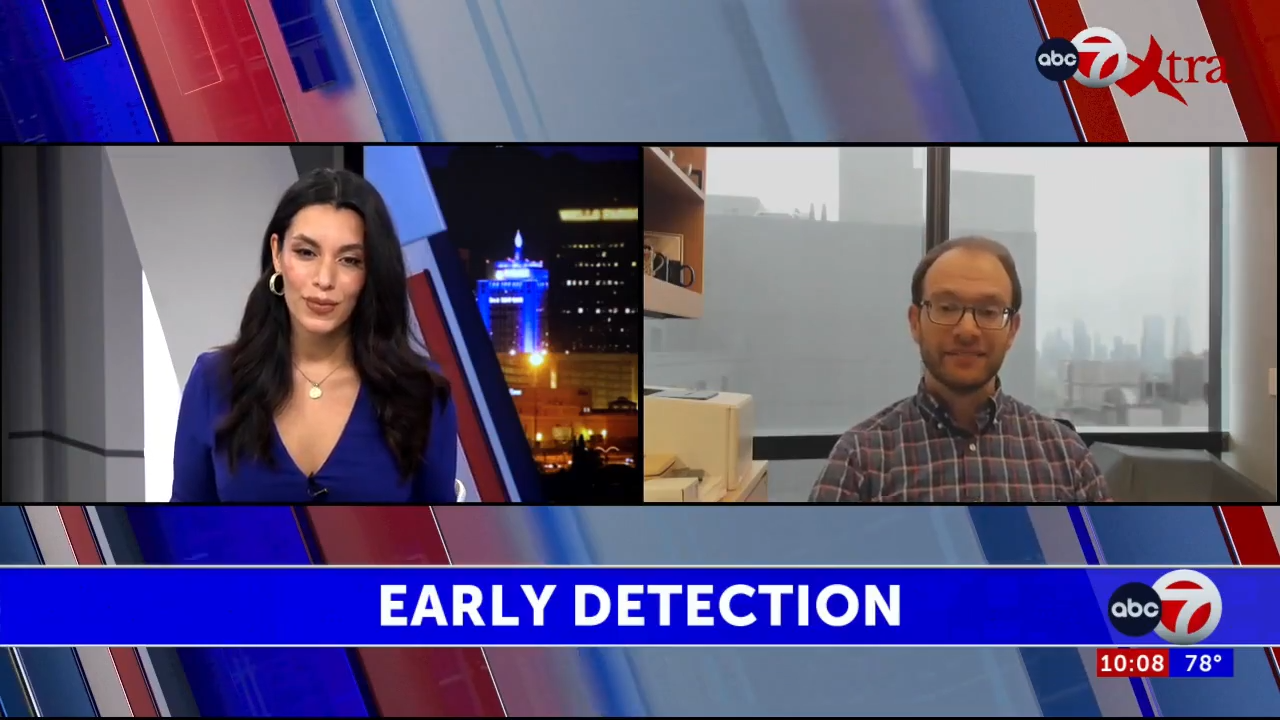According to a large new study published May 2, 2013 in the prestigious journal Nature, researchers have found that endometrial tumors can be reclassified into distinct subtypes based partly on their genomic makeup, and may respond to targeted drugs already being tested in clinical trials. Furthermore, they found that genomic alterations in uterine serous tumors—the most dangerous of the uterine lining– share many features with high-grade serous ovarian cancer and basal-like breast cancers.
This important study was undertaken as part of The Cancer Genome Atlas research network, and was led by OCRF Scientific Advisory Committee member and former grantee Douglas A. Levine, MD.
The findings have direct impact on endometrial cancer treatment, as they may help doctors more accurately diagnose endometrial cancer and choose treatments that will target genomic mutations in women with endometrioid and uterine serous adenocarcinomas, the two most common types of endometrial cancer. The findings could also guide clinical trials and the development of new drugs.
That the worst endometrial tumors (serous carcinomas) were similar to the worst ovarian and breast tumors was a surprise, and suggests that the diseases could potentially be treated by the same drugs.
Furthermore, this study is an exciting example of how in the future, cancers may be classified, and regimens for treatment determined more by their genetic fingerprint that by where they originate in the body.
Click here to read the scientific paper in Nature.
Click here to read an article in the New York Times about this research.


